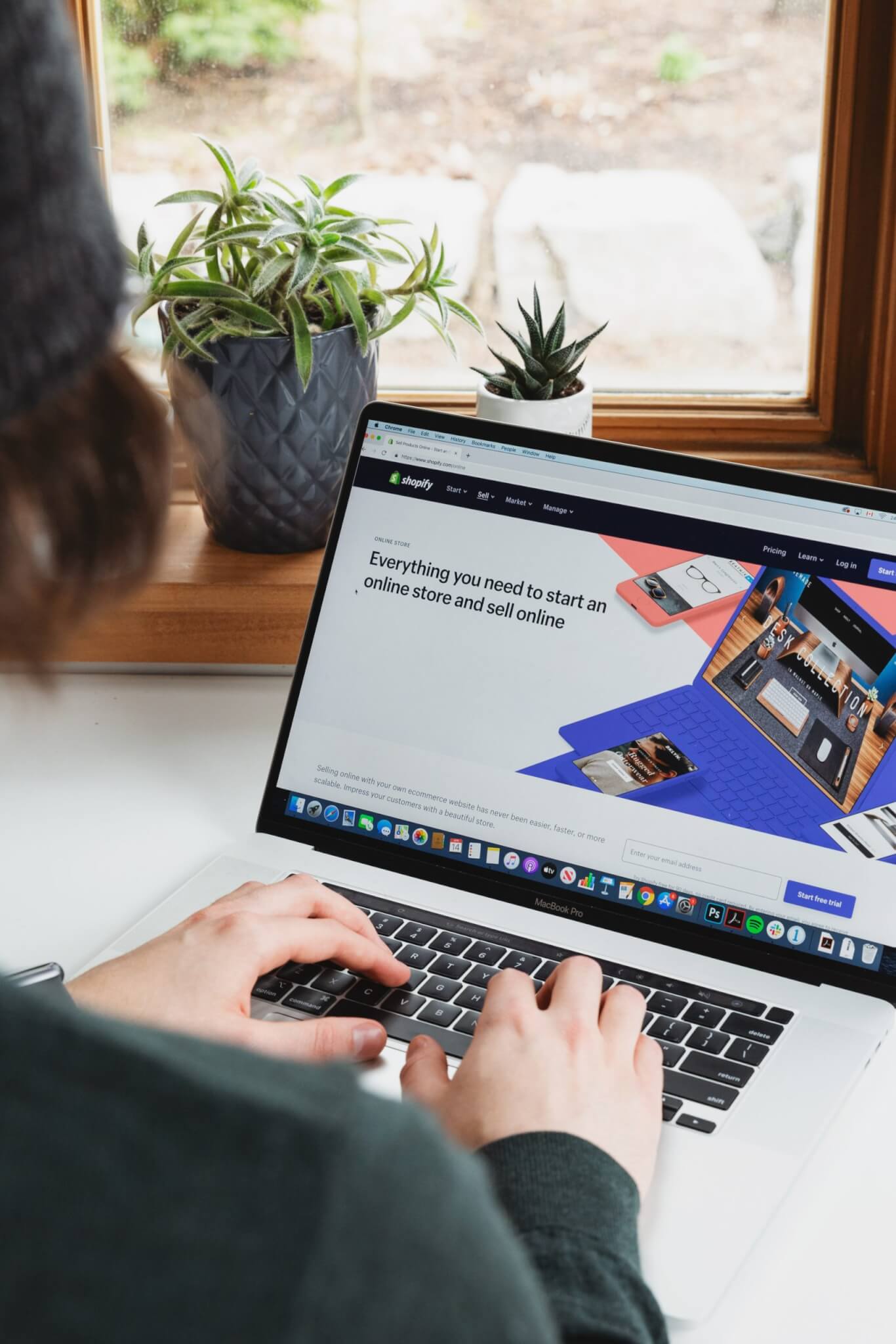How to Transition Your Brick-and-Mortar to an Online Store
E-commerce has become an essential part of our lives. With people spending less time going shopping in physical stores and more time at home during the events of the past year, our reliance on e-commerce has increased drastically. According to new research by Statista, “As millions of people stayed home in early 2020 to contain the spread of the virus, digital channels have become the most popular alternative to crowded stores and in-person shopping. In June 2020, global retail e-commerce traffic stood at a record 22 billion monthly visits, with demand being exceptionally high for everyday items such as groceries and clothing. How online usage, purchasing habits, and the overall future of the e-commerce market will look like in 2021 and beyond will largely depend on the progression of COVID-19.”
Benefits of an E-Commerce Site
There are countless benefits to having an e-commerce site such as being able to reach a larger audience, the ability to retarget prospective shoppers, and being open 24 hours a day, 7 days a week. And since people value convenience (especially now during the COVID-19 pandemic), your customers will appreciate being able to shop from anywhere at any time, without having to leave their homes or offices.
What to Do Before You Can Get Started
Step 1: Create a Thorough Inventory Analysis and List
This should include prices, product images, SKUs, lead time, and inventory forecasting.
Step 2: Consider Shipping and Fulfillment
Think about shipping costs and how you plan on fulfilling orders. Will it be through a third-party or do you want to package and ship the items yourself?
Step 3: Figure Out Your Return Policy
Your return policy should make returns and refunds hassle-free and efficient.
Step 4: Choose Your Preferred Payment Method
Make sure that you can securely and easily accept all major forms of payment.
Selecting an E-Commerce Platform
Once you’ve completed steps 1-4, you’ll need to select an e-commerce platform. Some of the most popular ones are BigCommerce, Shopify, Magento, Squarespace, Salesforce, Wix, WooCommerce. Each platform has advantages and disadvantages, so choose one that meets the specific needs of your business. Some options are more costly and come with unlimited product listings that are better for larger businesses, while others come with less functionalities and simpler reporting dashboards that may be better suited for smaller businesses. Additionally, certain platforms are better for specific verticals, so make sure you do your research before choosing the one that is right for your company. Consider the following questions before deciding which option is best for you:
- How many products will you be selling?
- Are you looking for a platform that is scalable and can grow with your company?
- What is your budget?
- Do you want to be able to maintain and make updates to the e-commerce site yourself?
- How will the shopping experience be on desktop and on mobile?
- Is the platform easy to use?
- Do you want a platform that includes customer support?
- What kind of metrics are you interested in tracking?
For more on how to choose a platform, check out these comparative guides here or here.
Create A Solid Digital Marketing Strategy
Leverage your social media accounts, email marketing, newsletters, SEO, and influencer marketing to get the word out about your new e-commerce site. If you have both physical and online stores, you should be doing omnichannel marketing and align your messaging in stores and in your digital marketing. Lastly, now that you have an online store, you’ll want to add retargeting to your marketing strategy. This will drive visitors back to your site with paid ads or emails resulting in an increase in conversions.
Looking Ahead
The exponential growth that e-commerce experienced while brick and mortar stores were forced to shut down during shelter-in-place orders earlier this year, has proven that e-commerce is here to stay. In the event of another lockdown, those businesses with strong e-commerce platforms will be the ones that are best positioned for success.
SBG Funding is dedicated to providing unparalleled support and in-depth financial proficiency to help you make the best decision for your business’s future. For more information on how SBG Funding can help your business during these unprecedented times, visit our website or apply here.

